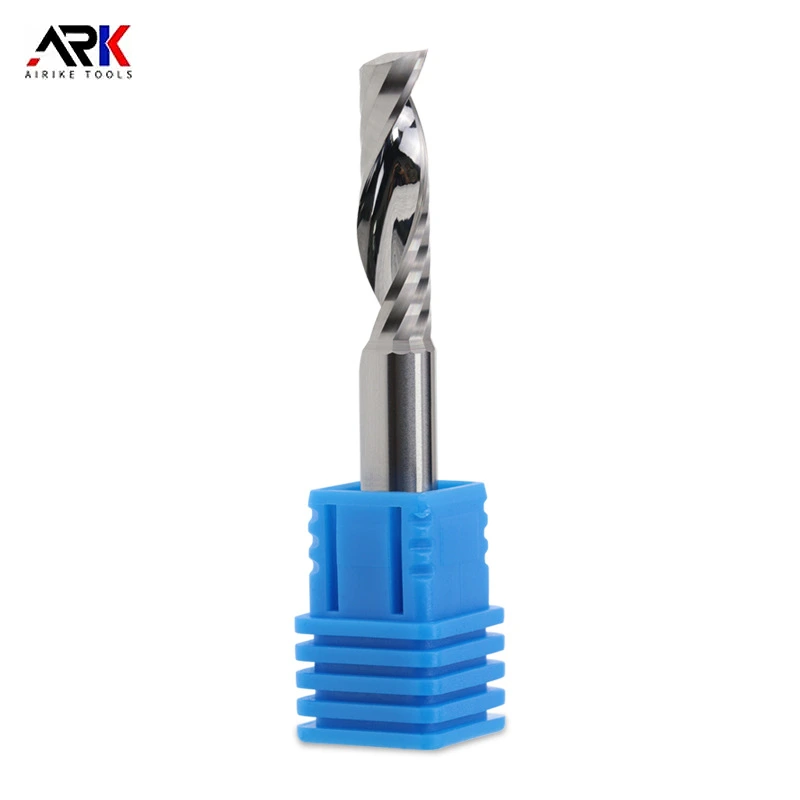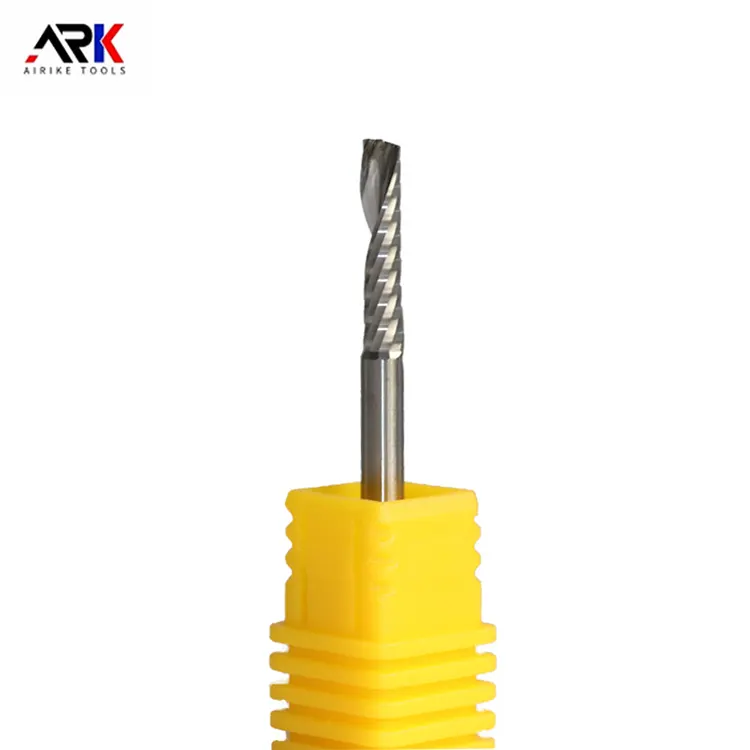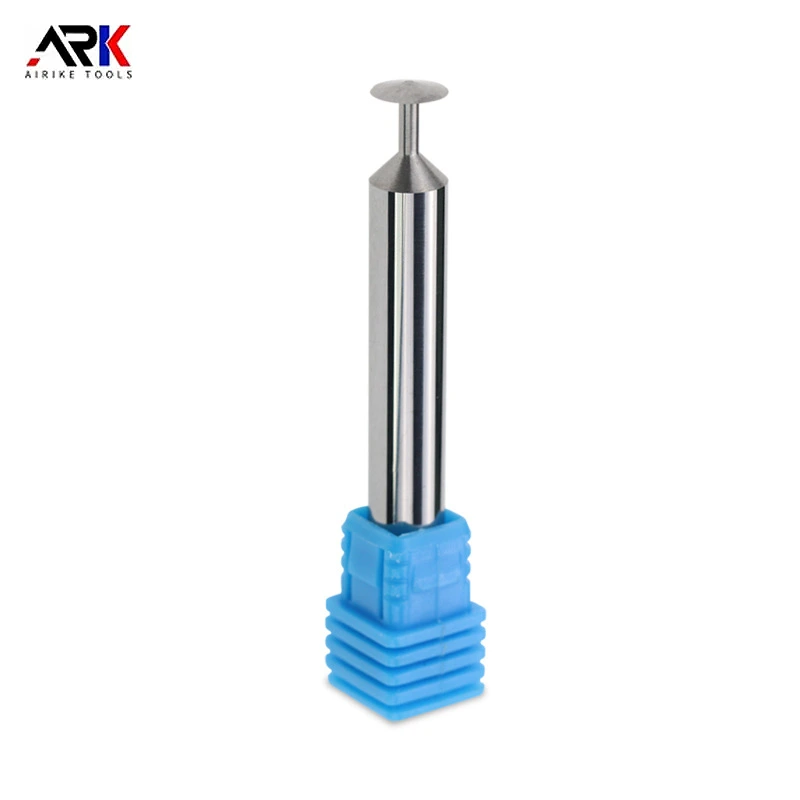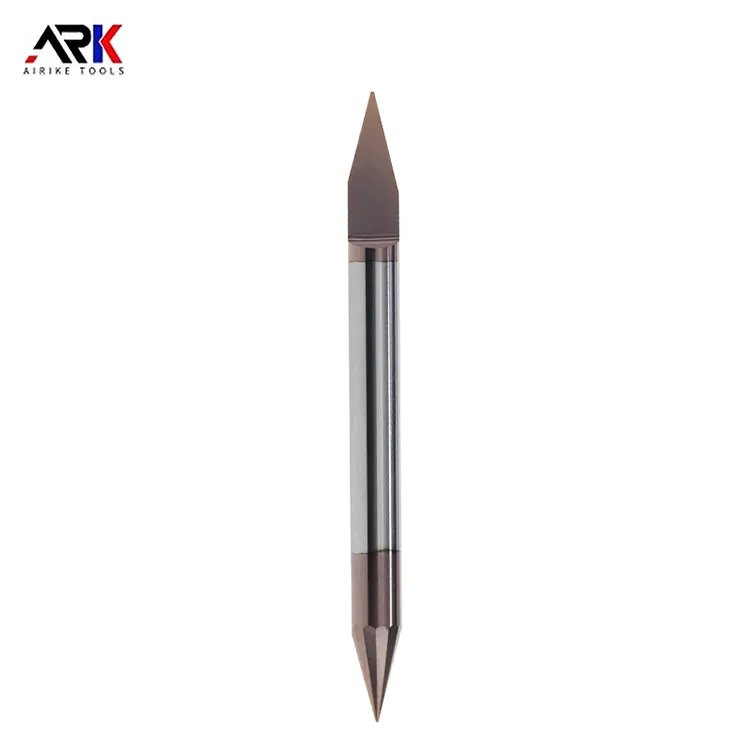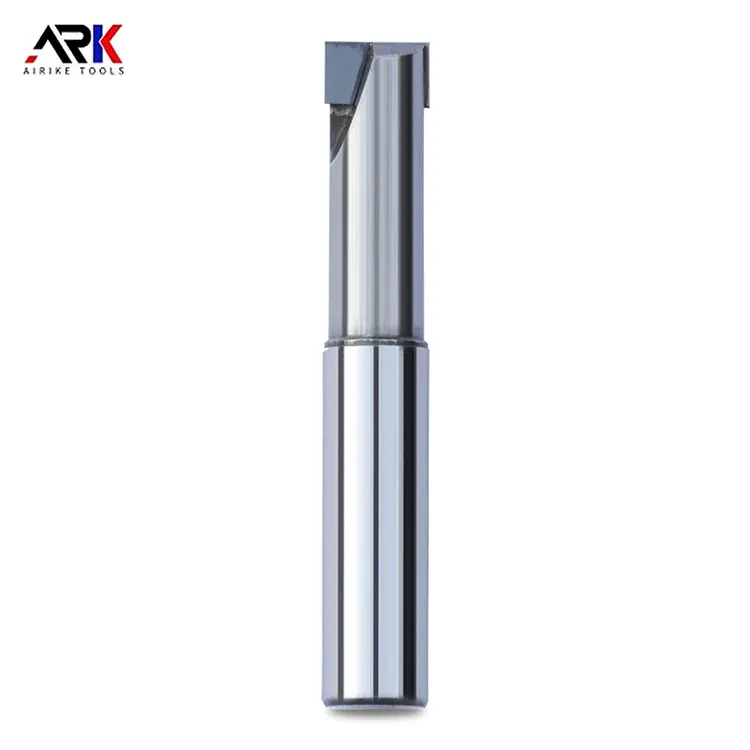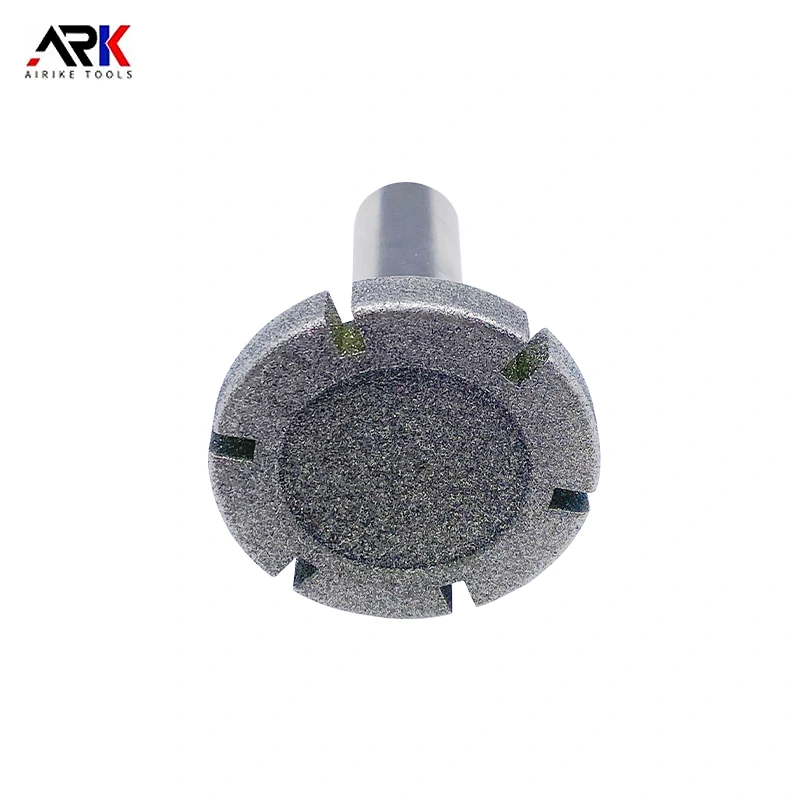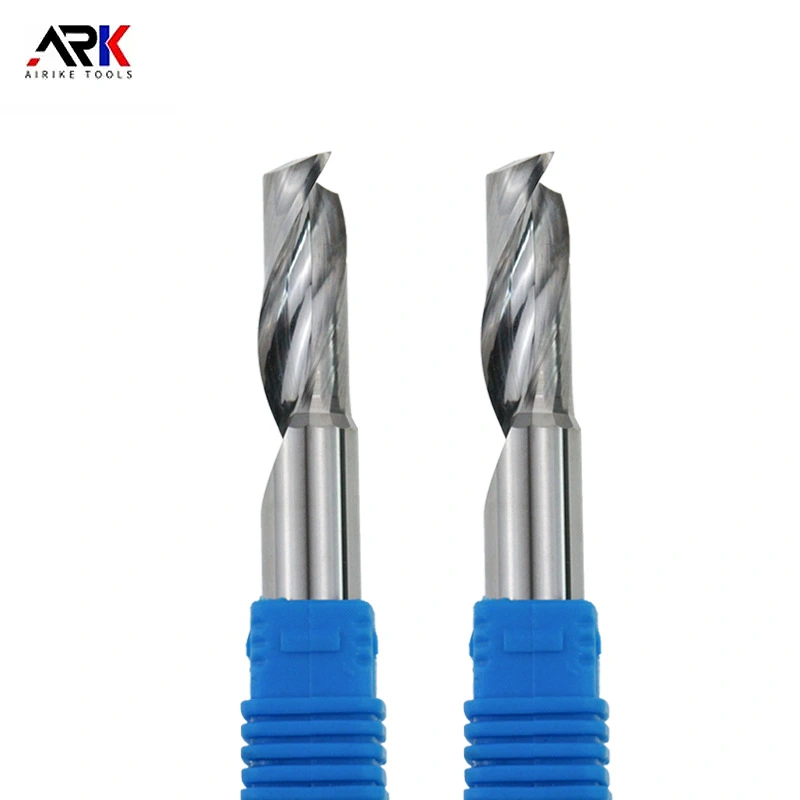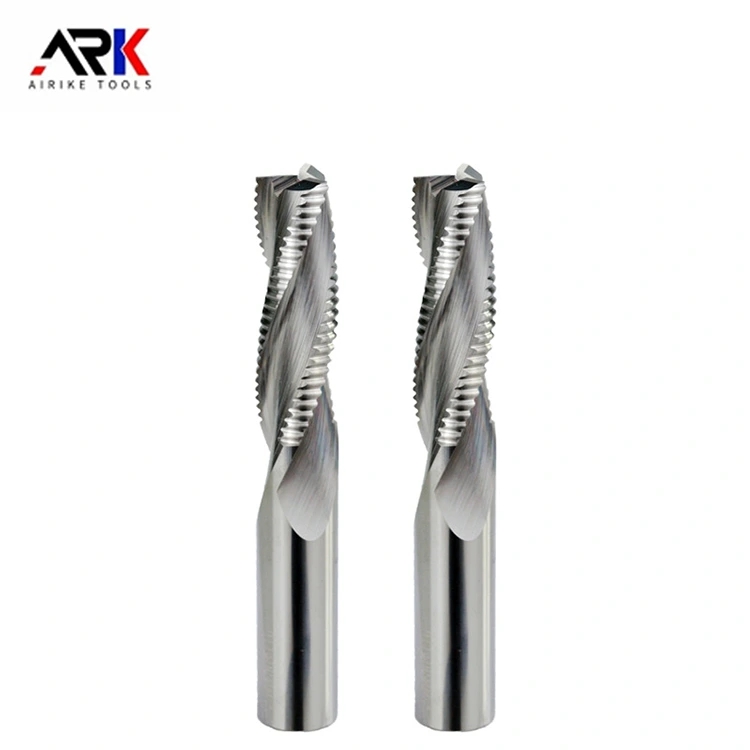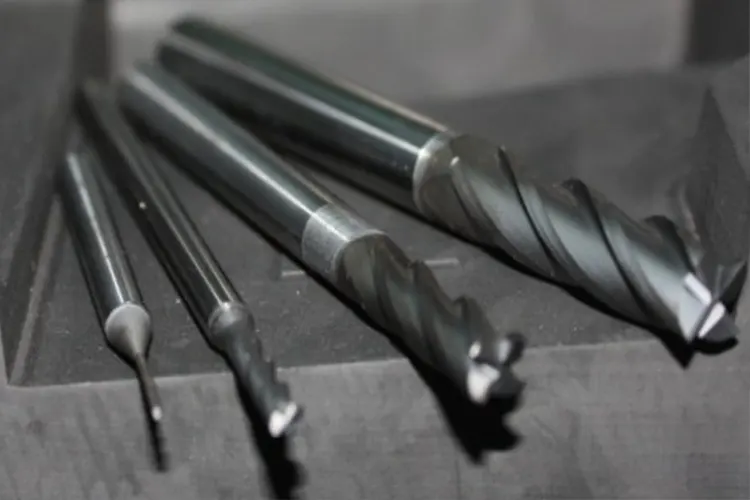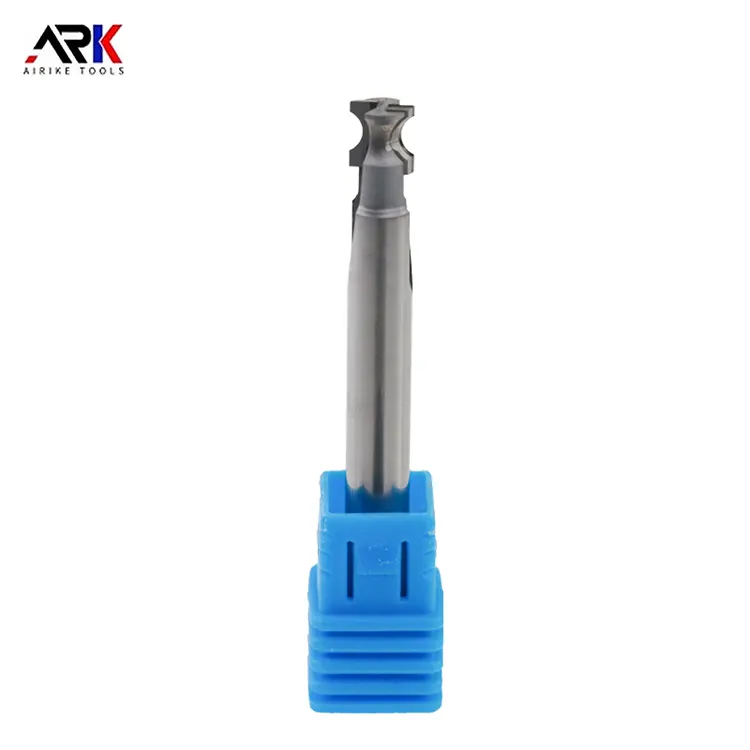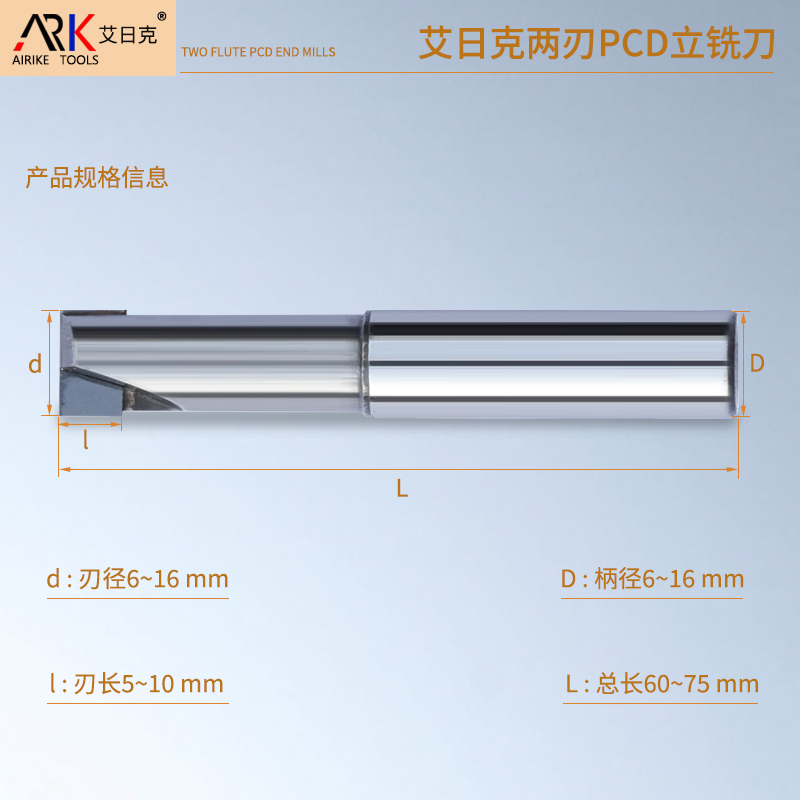Email Us
Metal cutting process inventory, which method of machining is more applicable?
In the field of machining, metal cutting is the most basic and most commonly used to a process, metal cutting processing is divided into many kinds, there are turning, drilling, boring, planing, broaching, milling and grinding. Today take you to understand these processes, so that in the actual processing can be better applied.
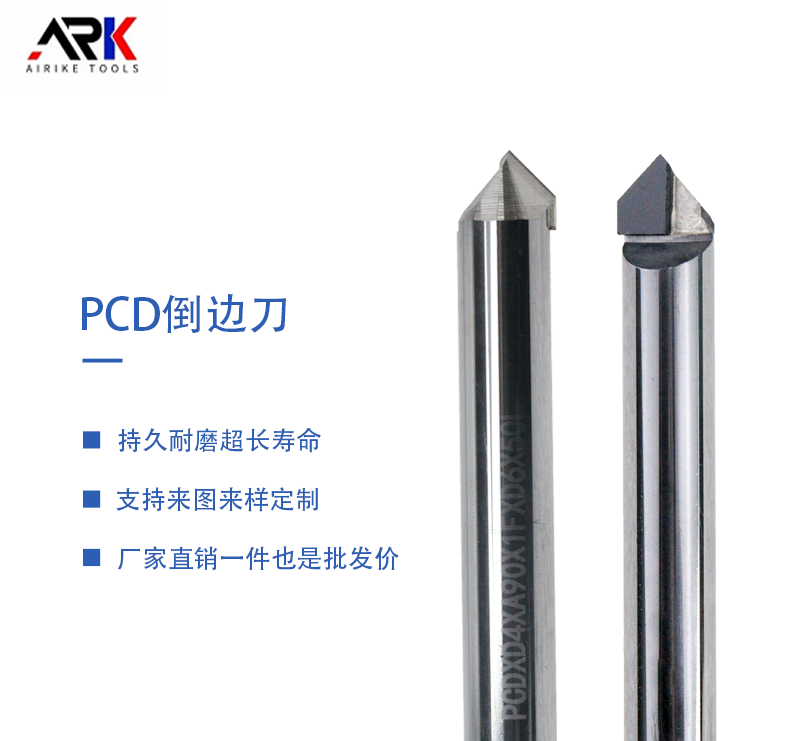
1. Turning
Turning refers to the rotation of the workpiece as the main movement, the cutting tool moves in a straight line as the feed movement of the cutting process.
Applicable scenarios: cylindrical, conical, end face and other rotary body parts processing
Machining equipment: CNC lathe, ordinary lathe
Advantages:
Suitable for high precision rotary parts machining
Stable cutting process, better surface quality
Can be internal and external round, threading, grooving and other processing
Disadvantages:
Not suitable for complex shapes of non-rotary parts
Limited ability to process asymmetric workpieces
2. Milling
Milling refers to the milling cutter rotation as the main movement, the workpiece or milling cutter as the feed movement of the cutting processing method.
Applicable scenes: plane, surface, groove, gear and other complex shapes processing
Machining equipment: vertical milling machine, horizontal milling machine, CNC machining center
Advantages:
Applicable to a variety of complex shape parts
Can carry out multi-axis linkage processing, such as five-axis milling
Higher production efficiency, suitable for mass production
Disadvantages:
Faster cutting tool wear, higher costs
Higher rigidity requirements for machine tools
3. Planing
Planing refers to the cutting processing method in which the planing tool and the workpiece make reciprocating movements in the horizontal direction relative to each other in a straight line.
Applicable scenes: large plane, guide rail and other long stroke processing
Machining equipment: gantry planer, bullhead planer
Advantages:
Suitable for processing large-sized workpieces
Simple equipment structure, easy maintenance
Disadvantages:
Low machining efficiency, gradually replaced by milling
Accuracy and surface quality in general
4.Grinding
Grinding refers to the method of processing the surface of the workpiece by rotating the abrasive tool at a high linear speed.
Applicable scenarios: high-precision surface machining, hard material finishing
Processing equipment: surface grinder, cylindrical grinder, centerless grinder, etc.
Advantages:
High machining accuracy up to micron level
Suitable for hardened steel, ceramics and other hard and brittle materials
Disadvantages:
Lower machining efficiency
Grinding wheel wear requires regular dressing
5. Drilling
Drilling refers to the cutting method in which the drilling tool moves relative to the workpiece and makes axial feed movement to process holes in the workpiece.
Applicable scenes: hole processing, such as through-hole, blind hole, threaded bottom hole, etc.
Machining equipment: drilling machine, machining center, lathe
Advantages:
Specialized for hole machining, high efficiency
Can be matched with different drills, such as twist drills, center drills, deep hole drills, etc.
Disadvantages:
Only applicable to hole machining, single function
Easy to deflect and difficult to remove chips during deep hole machining.
6. Boring
Boring refers to the cutting method that uses the boring tool rotation as the main movement and the workpiece or boring tool as the feed movement.
Applicable scene: large size hole, box type parts, such as engine block
Equipment: Boring machine, machining center
Advantages:
High precision hole processing, especially large diameter deep hole
Can simultaneously complete the milling, tapping and other composite processing
Suitable for heavy, large workpieces
Disadvantages:
Large investment in equipment, suitable for professional processing
Small hole processing efficiency is not as good as drilling
7. Broaching
Broaching refers to the use of broaches in the pulling force under the action of axial movement processing workpiece inner and outer surface of the cutting processing methods.
Applicable scene: internal keyway, spline, shaped hole and other batch processing
Processing equipment: broaching machine
Advantages:
Complex shapes can be machined in one pass
High machining accuracy, good surface quality
Disadvantages:
High cost of cutting tool, only suitable for mass production
Limited machining range, not suitable for single-piece small batch production
How to choose the right machining method?

Choose according to the shape of the part:
Turning is preferred for rotary parts
Consider milling for flat surfaces or complex shapes
Narrow plane can choose planing
Choose according to the precision requirements:
High precision requirements choose grinding or broaching
Turning or milling for general precision
Choose according to the production batch:
Consider broaching or special machine tools for mass production
Single piece of small batch selection of general-purpose machine tools such as lathes, milling machines
Choose according to the hardness of the material:
High hardness materials are preferred to consider grinding
For general metal materials, various methods are available
Choosing the right cutting method can dramatically improve machining efficiency and quality! Each processing method has its own unique advantages and applicable scenarios, in actual production, often require a combination of multiple processes.
- The same milling cutter, the market phenomenon of milling cutter price difference
- Korean customers visited our company to discuss a new chapter of milling cutter cooperation!
- Zongyeda Explains - Clockwise or Counterclockwise Rotation for Woodworking Milling Cutters?
- Zhongyeda - What's the Difference Between Chamfering Tools and Centering Drills?
- How to Scientifically Determine the Milling Depth for Woodworking Milling Cutters?
- What are the characteristics and uses of graphite milling cutter?
Contact Us
Paibang Industrial Zone, Henggang Town, Longgang District, Shenzhen
Copyright © 2025 Shenzhen Zhongyeda Precision Technology Co., Ltd. All Rights Reserved.


